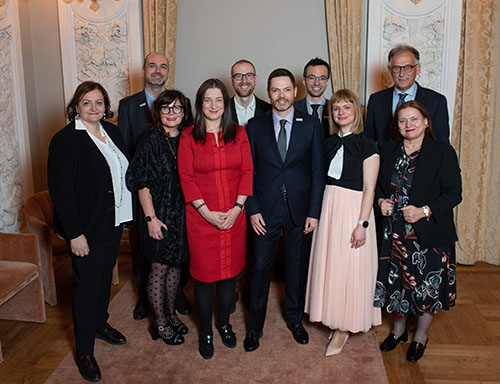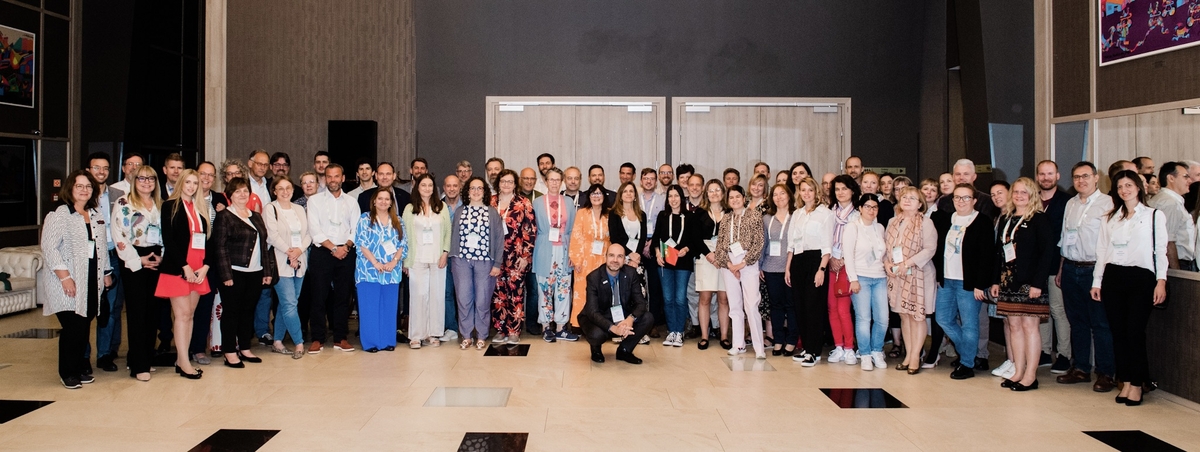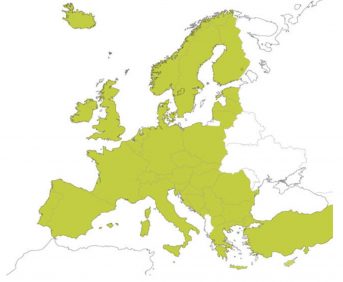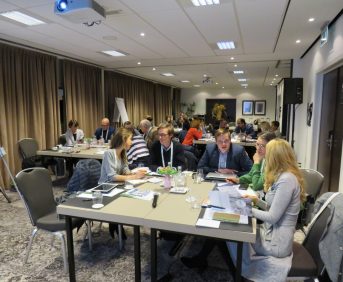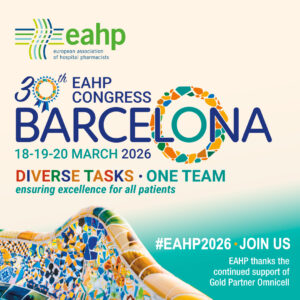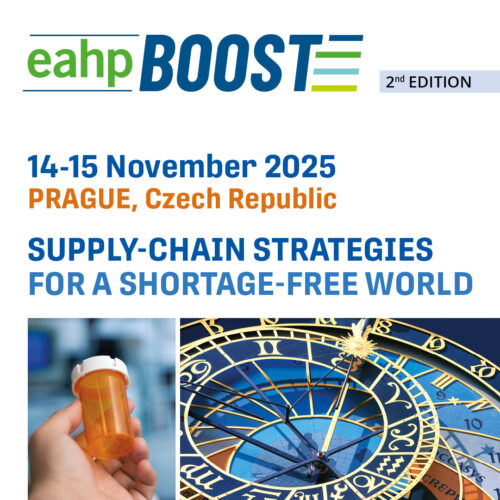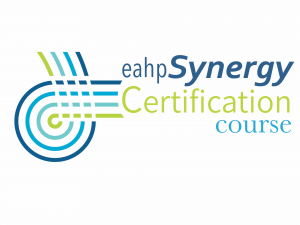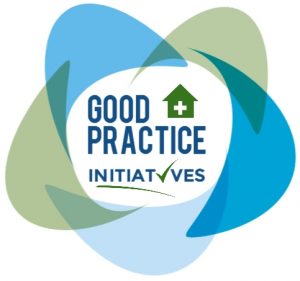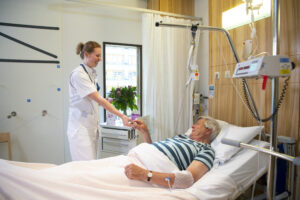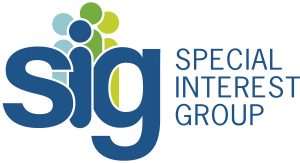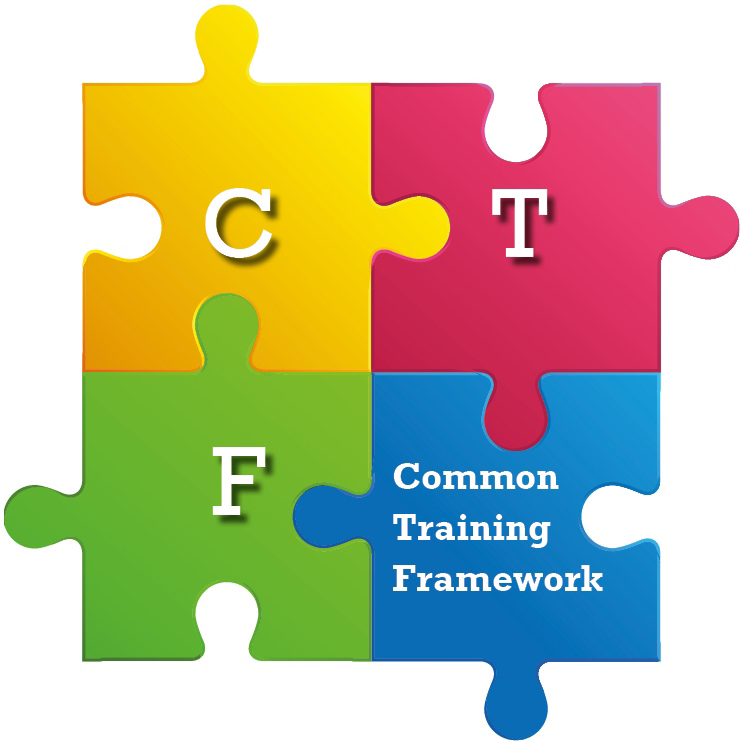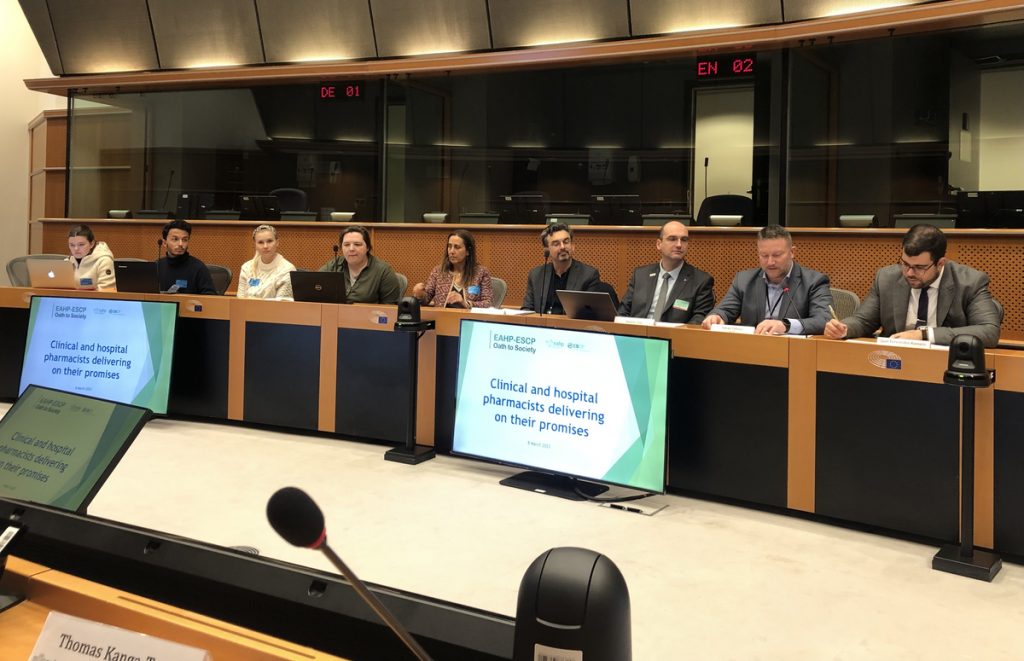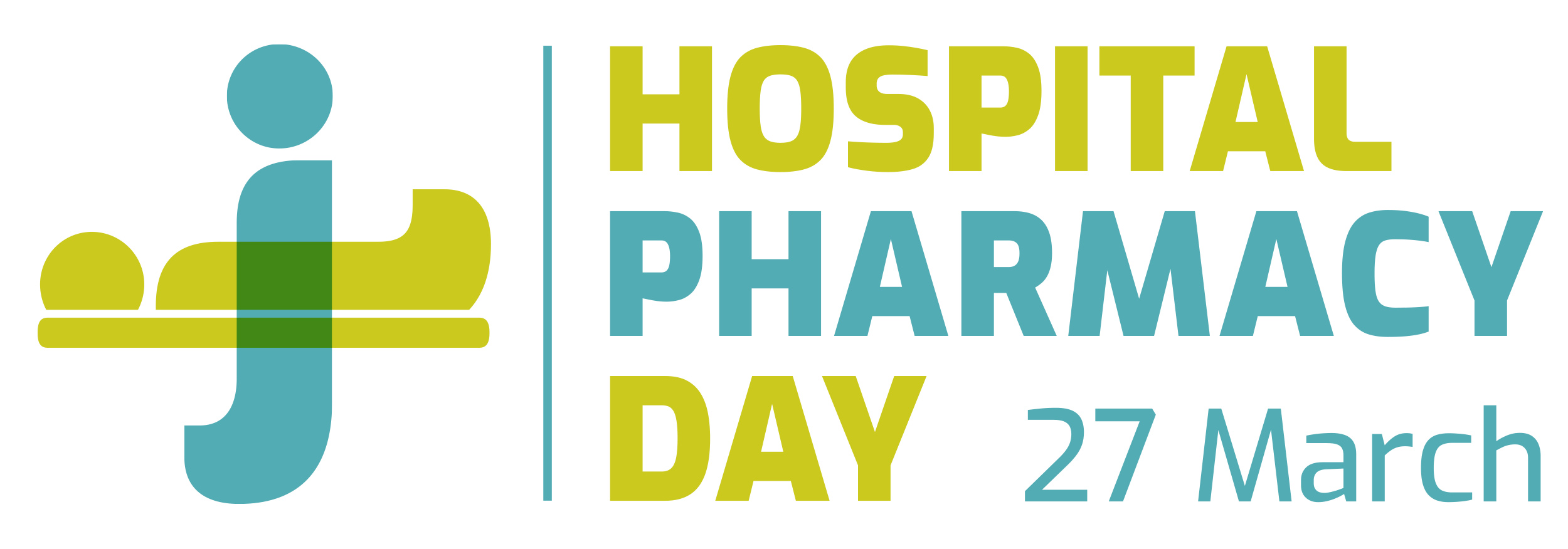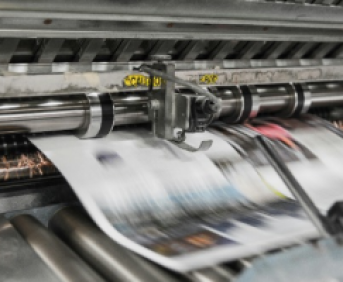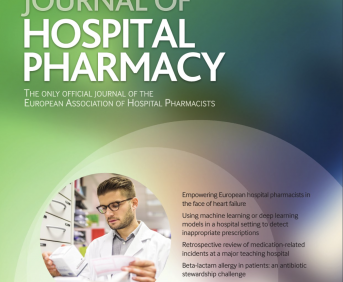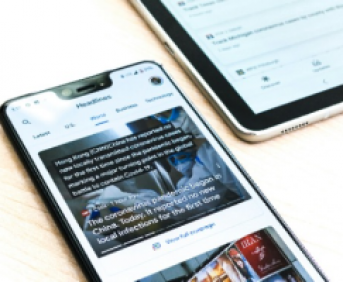IMPLEMENTATION OF AN ATYPICAL MEDICATION ROOM TO OPTIMIZE MEDICATION MANAGEMENT AND REDUCE WASTE AT HERLEV GENTOFTE HOSPITAL, DENMARK
Pdf

European Statement
Clinical Pharmacy Services
Author(s)
Henrik Kjer, Christina Laustsen, Rasmus Riis, Caroline Rasmussen, Jeanette Bajrami, Christian Rubek, and Steffen Jørgensen
Why was it done?
An atypical medication room (AMR) was established at Herlev Gentofte Hospital, Denmark to centralize the storage and handling of medications not part of the standard assortment (i.e. atypical medication). The project aimed to improve the efficiency of medication management, reduce medication waste, and streamline workflows associated with the use of atypical medicines. To enhance the accuracy and efficiency of inventory control, the ScanPill technology was developed as a tool for digital tracking and updating of medication stock.
What was done?
Atypical medications are often stored across various departments with low turnover, leading to potential waste and time-consuming retrieval processes. Centralizing these medications in an AMR and using ScanPill aimed to reduce waste due to expiry, improve stock management, and simplify medication retrieval for healthcare professionals.
How was it done?
Atypical medications from multiple departments were collected and stored in the AMR. The ScanPill system was developed to facilitate the scanning of QR codes and barcodes on medication packaging, allowing for precise tracking of stock levels and easy updates to the atypical medication list. Staff were trained to use the AMR and ScanPill to ensure smooth transitions in retrieving, returning, and documenting atypical medicines. Regular inventory checks and updates were conducted to maintain an accurate database of available medications.
What has been achieved?
The AMR, supported by ScanPill, led to improved handling and management of atypical medications. The centralized storage reduced the need for duplicate stock across departments and enabled quicker access to necessary medications, reducing retrieval time and potential waste. The ScanPill technology improved inventory accuracy and streamlined the process of checking medication in and out, ensuring up-to-date records. Staff feedback has been positive, noting enhanced workflow efficiency and reduced medication waste.
What next?
Future steps include evaluating the economic impact of the AMR and its effectiveness in reducing medication waste. Efforts will be made to refine the use of ScanPill, enhance staff training, and explore potential applications of the AMR model across other departments. Continuous monitoring will ensure optimal performance and identify further areas for process improvement.
Designing drug packages to support correct barcode scanning and closed loop medication
Pdf

European Statement
Selection, Procurement and Distribution
Why was it done?
In November 2022 St Olav’s hospital, a large university hospital, introduced electronic prescribing and closed loop medication for more than 700 beds. Oral medications are predominantly available as unit doses, other medications as barcoded packages. After go-live with the bedside scanning, data showed that a large part of the administrations and preparations did not happen with barcode scanning. The hospital needed to understand the reason for this in more detail.
What was done?
A team of pharmacists, nurses and IT personnel have analysed technical reasons why medications are not scanned at the patient’s bedside during administration or when doing preparation in the wards’ medicine room.
How was it done?
The group collected data on all scans that had failed and analyzed the input to the barcode scanner. In addition, the nursing staff lead was consulted to provide more information of the problems with the physical packages for the medication and how that affected the work process of achieving closed loop medication. Products that did not have a printed barcode at all were not included in the analysis.
What has been achieved?
Six different areas were identified when trying to describe the problems with closed loop medication and scanning of medicine:
1. Barcode printed on package but missing product code/GTIN in the system/national drug registry.
2. Barcode printed on package but with wrong implementation of ISO/GS1 encoding.
3. Barcode printed on package but hidden for the user on the package label.
4. Barcode only printed on the outer package that was removed when stored in the medicine room.
5. QR codes with links to training materials or other barcodes confused the nurse and the wrong code was scanned.
6. Barcode printed on package but contrast for the barcode scanning was not good enough (ex. dark vials with black barcodes).
The problems have been shared with drug manufacturers and competent authorities to raise awareness of how drug package design and correct/incorrect use of barcode printing affect implementation of closed loop medication.
What next?
Work together with national drug registries in Norway and drug manufacturers to create a national best practice for barcode printing on drug packages. The work should be coordinated with work on a European level.
Benefits beyond the EU Falsified Medicines Directive – The hospital setting
European Statement
Patient Safety and Quality Assurance
Why was it done?
The purpose of the report was to investigate and share what benefit opportunities exist because of the introduction of the EU FMD barcode.
What was done?
EFPIA, the industry association, commissioned a report to investigate what benefits had occurred in the hospital setting, following the introduction of the EU Falsified Medicines Directive (EU FMD).
www.be4ward.com/benefits-beyond-eu-falsified-medicines-directive/
How was it done?
The author worked directly with Guy’s and St Thomas’ NHS Foundation Trust in the UK and AZ Sint-Maarten in Belgium. In addition, he reviewed various relevant case studies and publications.
What has been achieved?
The report demonstrates benefits exist at all points in the hospital supply chain, where packs are handled, stored and processed. Opportunities also exist to web enable the product to provide digital content and services to healthcare providers and patients.
The introduction of standardised barcodes and product identification enables hospitals to leverage benefits opportunities which were difficult to realise before this level of harmonisation and barcoding prevalence.
• The costs of operating the EU FMD can be minimised, integrating with normal operations and leveraging the use of conveyor systems and robotics are successfully reducing the workload impact by up to an expected 80%.
• Barcodes and product identification brings impressive financial benefits to those hospitals which leverage them. In one hospital they were able to save £4 million through the reduction of over ordering products. In another, the improved accuracy and speed in the recharging of procedures identified £840K in lost revenues in a single year.
Scanning barcodes, is being used to deliver value across all three of the benefit opportunity areas: Improved Patient Safety, Enhanced Clinical Effectiveness and Operational Efficiencies. It is possible to offset the costs of EU FMD implementation and operation through the additional benefits.
What next?
Share the report findings to enable hospitals to leverage the opportunities of the EU FMD barcode.
